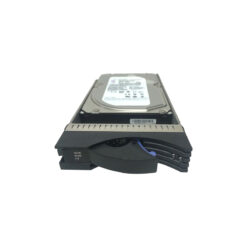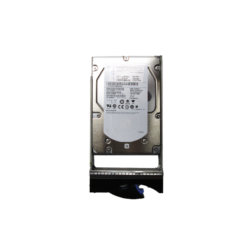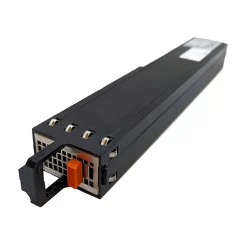Understanding EqualLogic Group Manager
EqualLogic Group Manager is a vital tool for managing your EqualLogic environment, offering a user-friendly interface for storage management tasks. It empowers administrators to effectively handle storage pools, volumes, snapshots, and replication. Understanding the functionalities thoroughly can significantly enhance operations and improve performance.
Why Optimize EqualLogic Group Manager?
Optimizing EqualLogic Group Manager isn’t just about efficiency; it’s about harnessing full capabilities, ensuring data integrity, and streamlining storage management to save time. Proper optimization can lead to improved system performance, making it an essential task for IT administrators.
Effective Storage Pool Management
Utilize Storage Tiering
Storage tiering is crucial for optimizing performance and cost. Place frequently used data on faster storage tiers while relegating less critical data to slower, more economical tiers. Regularly assess and adjust your tiering strategy based on usage patterns to maximize efficiency.
Regular Pool Monitoring
Regular monitoring of storage pools helps identify bottlenecks and performance issues. Use the EqualLogic Group Manager dashboard to track pool status, examine data distribution, and review resource utilization. Respond proactively to any signs of imbalances or inefficiencies.
Volume Management Best Practices
Efficient Use of Thin Provisioning
Thin provisioning allows more effective use of available storage by allocating space only as data is written. This practice reduces overhead and keeps storage costs low while maximizing capacity utilization. Regularly check for over-allocation and adjust as necessary.
Implement Snapshots Wisely
Snapshots provide point-in-time copies of your data and are essential for backup and recovery. Configure snapshot schedules according to business needs and ensure that old snapshots are retired to prevent unnecessary storage consumption.
Enhancing Data Protection
Leverage Replication Features
Replication is critical for disaster recovery. Implement replication strategies to ensure data availability across locations. Configure replication with attention to bandwidth usage and replication intervals to avoid network congestion.
Automation for Backup Tasks
Automate backup processes to minimize manual intervention and reduce errors. Use scripting tools available within EqualLogic Group Manager for routine backup tasks. This increases reliability and ensures data integrity over time.
Performance Tuning Strategies
Optimize Network Configuration
Network settings directly impact storage performance. Ensure that network configurations are optimized for latency and throughput. Use dedicated storage networks to minimize traffic congestion. Regularly review and adjust network settings as infrastructure evolves.
Strategic Use of SAN HQ
SAN HQ offers insights into performance metrics and allows detailed analysis. Utilize this tool to monitor performance trends and identify potential issues before they impact operations. Regularly review data from SAN HQ to make informed decisions on infrastructure adjustments.
Maximizing Resource Utilization
Review Capacity Trends
Frequently review capacity trends to ensure sufficient resources for future growth. Use EqualLogic Group Manager’s reporting features to predict when expansions are necessary and plan upgrades strategically.
Regular Firmware Updates
Keeping firmware up to date ensures all patches and improvements from Dell are applied, enhancing security and stability. Schedule regular updates and conduct tests to ensure new firmware does not disrupt existing workflows.
| Optimization Task | Frequency | Impact |
|---|---|---|
| Storage Tier Review | Quarterly | Performance/Cost Efficiency |
| Snapshot Cleanup | Monthly | Space Optimization |
| Network Configuration Audit | Semi-Annually | Performance |
| Replication Strategy Audit | Annually | Data Availability |












